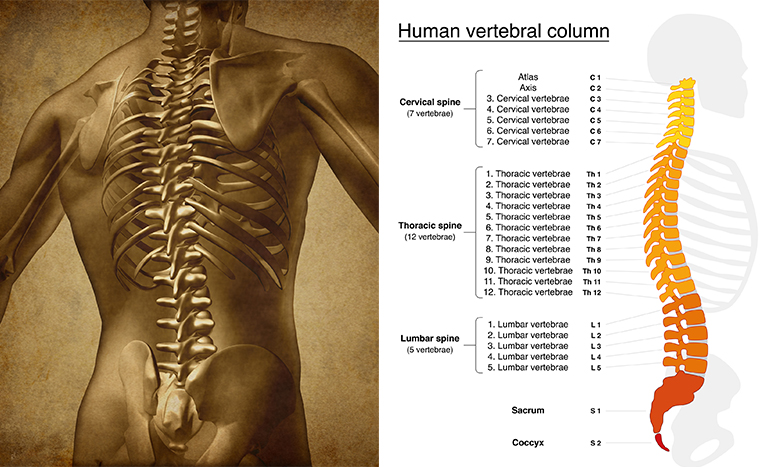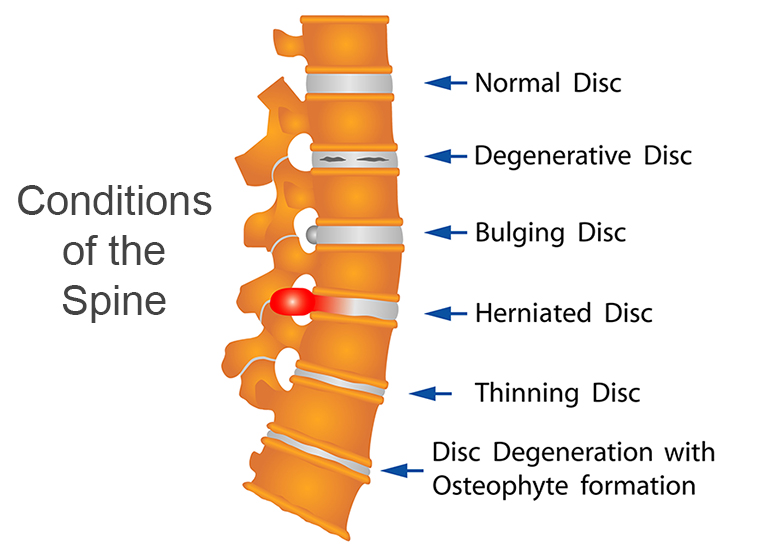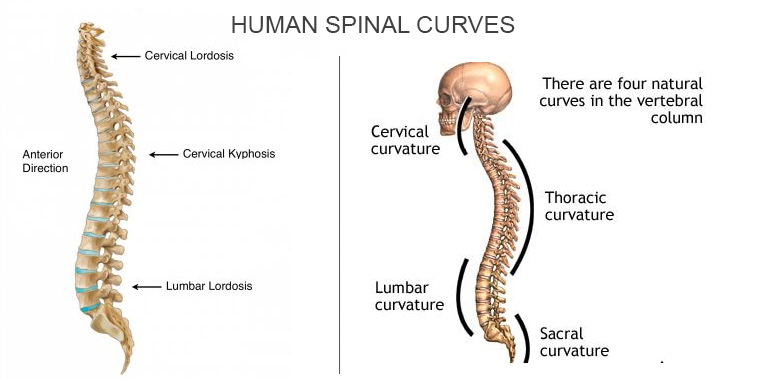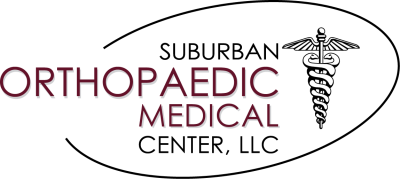Understanding the anatomy of the spine is a fundamental basis to understanding your spinal condition. This blog provides an overview of the spinal column, the body’s main support structure. In the blogs to follow, we will begin to explain more about your back pain and the spine conditions that can cause it.

Regions of the Spine
The spine’s 33 bones, called vertebrae, are divided into five regions: Cervical, Thoracic, Lumbar, Sacral, and Coccygeal. There are seven cervical (C) vertebrae, twelve thoracic (T) vertebrae, and typically five lumbar (L) vertebrae.
The C1 to C7 Vertebrae
The cervical region consists of seven vertebrae. They are labeled C1 through C7. The Atlas and the axis make up the first and second cervical vertebrae. Together the atlas and the axis form the joint that connects the spine to the skull and allows the head to swivel and nod.
The T1 to T12 Vertebrae
The thoracic region, located in the mid-back, consists of 12 vertebrae, labeled T1 to T12. These vertebrae serve as attachment points for the rib cage.
The L1 to L5 Vertebrae
The lumbar region, commonly called the lower back, consists of five vertebrae, labeled L1 to L5. This is the main weight-bearing section of the spinal column.
The S1 Vertebrae
The sacral region consists of five fused vertebrae labeled S1. These vertebrae form a solid mass of bone, called the sacrum, which provides the attachment point for the pelvis.
The Tailbone Region
The coccygeal region, commonly called the tailbone, consists of four small vertebrae. These tiny bones may be fused or separate. Together they form the coccyx, an attachment point for various muscles, tendons and ligaments. The coccyx also helps support the body when a person is sitting.
Altogether, the vertebrae of the spine’s five regions support the weight of the body and protect the spinal cord and nerve roots. Each individual vertebra has a complex set of structures necessary to the overall function of the spine. The main structure of the vertebra is the vertebral body – a cylinder-shaped section of bone at the front of the vertebra. It is the main weight-bearing section of the vertebra. Behind the vertebral body is the vertebral canal. The spinal cord travels through this channel.

Nerves in the Spine
The spinal cord is the main bundle of nerve fibers connecting the brain to the rest of the body. It ends near the L1 and L2 vertebrae, where it divides into bundles of nerve roots called the cauda equine. Exiting the sides of the spine are nerve roots, thick nerve branches that transmit signals between the spinal cord and the other parts of the body. On either side of the vertebral canal are pedicle bones, which connect the vertebral body to the lamina. The lamina create the outer wall of the vertebral canal, covering and protecting the spinal cord. Protruding from the back of the lamina is the spinous process. It provides an attachment point for the muscles and ligaments that move and stabilize the vertebrae.
Spine Movement
Transverse processes protrude from the sides of each vertebra. Muscles and ligaments that move and stabilize the vertebrae attach to the transverse processes. The articulate facets form the joints where each vertebra connects with the vertebrae above and below it. Each vertebra has four facets *two superior facets and two inferior facets). The facet joints have a coverage of cartilage, which allows movement. Between the vertebral bodies are the tough, elastic spinal discs. They provide a flexible cushion, allowing the vertebrae to bend and twist. Each disc has a tough outer wall called the annulus fibrosus and a soft interior called the nucleus polposus.
Spine Curvature
The human spine has a natural curvature. When you look at someone’s back from behind, the spine will look straight and centered over the pelvis. However, when you look at the spine from the side, the curves maintain balance as the spine curves behind organs in the chest and abdomen.
The spine has two alternating curves to create an “S” like shape. In the neck and low back there is normally an inward curvature or sway back known as lordosis. In the thoracic spine and sacrum there is an outward curvature known as kyphosis or hunchback. These curves normally balance out each other. When you stand, you are well balanced with your head straight above your hips when viewed from the side. Standing naturally minimizes the effect of gravity and allows you to stand with the best posture and use the least energy when moving or walking.

The physicians who make up Suburban Orthopaedic Medical Center in Newark, NJ strive to get patients back to everyday life quickly, safely, and comfortably, through their highly responsive services. Should you wish to learn more about how we can help reduce your pain and recover from injuries, feel free to call at (973) 483-2277 and schedule an appointment with one of our participating physicians. This patient-focused organization strives to empower those suffering from spinal conditions with knowledge and hope.
Share this article:

